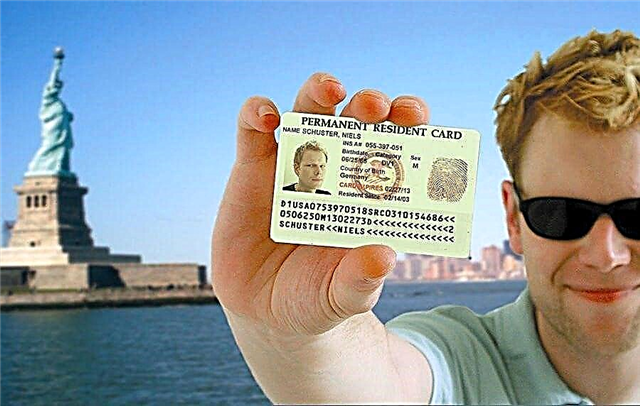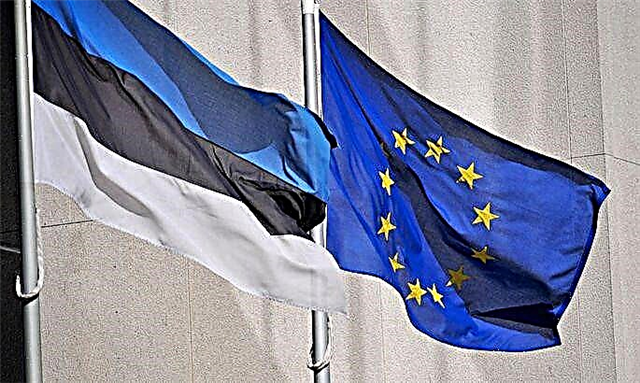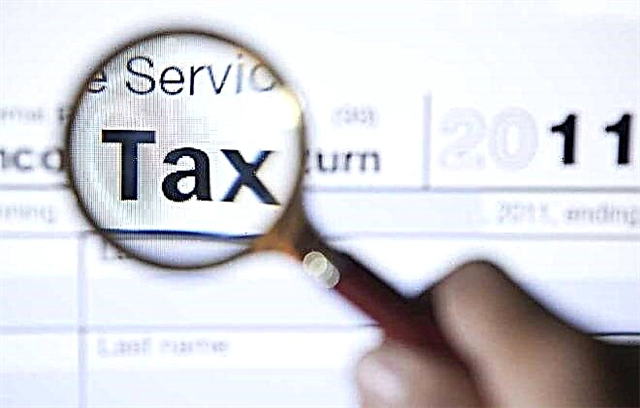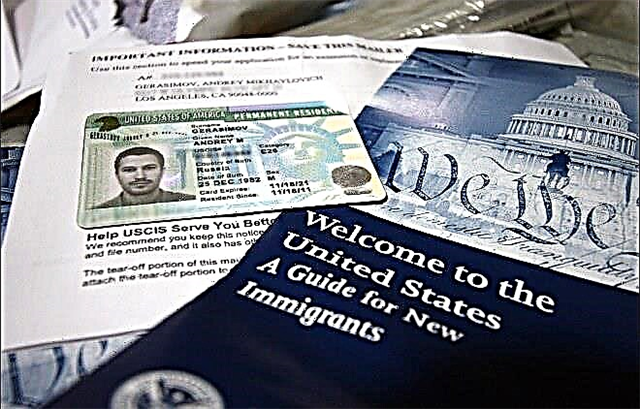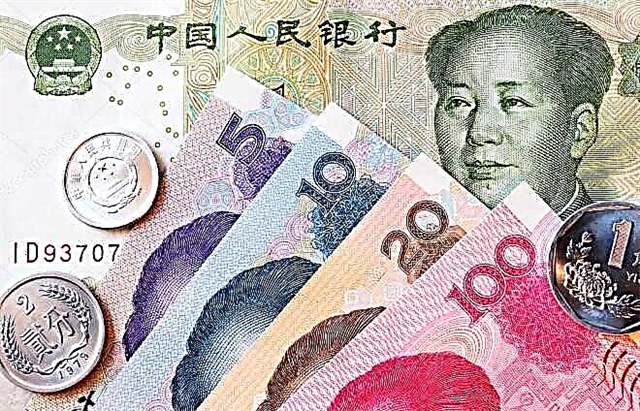For Russian travelers, China is one of the most popular tourist destinations. Unique nature and culture, oriental flavor and modern megalopolises - the list of what amaze the regions of the Middle Kingdom can go on and on. Sane potential tourists first of all wonder what the currency of China is and what methods of payment are in the country. And many do not even suspect that the history of the monetary unit circulating in the territory of the People's Republic of China is one of the most interesting on the planet.
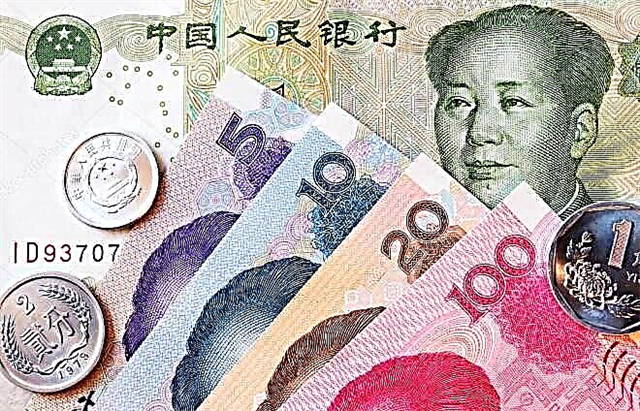
A brief history of the Chinese currency
Until the end of the 19th century, the silver liang served as the main monetary unit in China. This term denotes a measure of weight equal to 37.5 grams. It consisted of ten mao and one hundred fini (or 1000 li). In the countryside, small coins circulated: keshe and qiani.
The history of the yuan currency dates back to 1889. Then it was 10 jiao or 100 feni (or 1000 weni). When denoting prices, instead of the word "yuan", they also used "kuai" (块), and instead of "jiao" - "mao" (毛).
The yuan was issued in 1903 by the Bank Hu Pu and the Imperial Bank of China. The denominations of the banknotes were as follows: 100, 50, 10, 5, 2 and 1 yuan.
The Chinese Soviet Republic began issuing its currency in 1930. And after 5 years, her government carried out a monetary reform, prohibiting the circulation of lians and silver yuan. The national currency in China in the form of banknotes of the first series was issued by the People's Bank of China in 1948, and the second in 1955.
The introduction of the third series of the country's monetary units into circulation took place in 1962. Banknotes of the fourth series are now allowed for use, the release of which began in 1987 and ended in 1997. And in 1999-2005, banknotes of the fifth series were introduced.
Cashless payments and ATMs
At the end of the second decade of the 21st century, the currency in China in the form of a banknote began to lose its relevance. Local residents prefer to carry out financial transactions with virtual money.
Statistics on the number of online payments made with credit or debit cards show that 91% of the population of the largest cities in the country aged 18-45 make at least 2 transactions daily, from buying a new car to buying bread.
When it comes to ATMs, you can run into difficulties here. Even in Beijing, not all such devices accept cards from overseas guests.
 Most of those ATMs that work with plastic payment documents of foreign users are owned by the Bank of China. For the convenience of work, they offer a choice of 2 languages - English and Chinese.
Most of those ATMs that work with plastic payment documents of foreign users are owned by the Bank of China. For the convenience of work, they offer a choice of 2 languages - English and Chinese.
Foreigners who know the name of the Chinese currency should not be surprised that an unusual designation can be used at ATMs (and not only in them). We are talking about a combination of the Latin letters RMB. It is an abbreviation of the word renminbi, which translates as people's money.
It is customary to write this word as follows: Renminbi. Therefore, the first letter of the abbreviation R.
There are also the following designations for the yuan:
- the official letter code is CNY;
- symbolic notation - Ұ. Note that there is one horizontal bar, not 2 as in the Japanese yen (¥) sign.
You can cash out a limited amount at one time through an ATM. The standard maximum is Ұ 2,500 (approximately 24,530 rubles). However, it happens that you can shoot no more than Ұ 1,500 (about 14,720 rubles). If the withdrawn amount is not enough, you can re-conduct the transaction.
Exchange rates in China
For Russians planning to visit China in the near future, the easiest way is to find out the exchange rate of the yuan in relation to other currencies using specialized sites. You can also get the necessary information through the website of the Central Bank of the Russian Federation. If you are interested in the official quotation of the ruble / yuan pair, you should go to the corresponding page.
Similar information can be found on the Bank of China website. To view it, use the link.
Russians who have already arrived in the country can find out the exchange rate at the airport upon arrival or at the hotel.
In the special administrative region of China, Macao, there is a currency called "pataka". Its official letter code is MPA. In March 2021, the ratio of the pataca to the US dollar was as follows: 1 MPA = 0.12 USD.
Hong Kong also has the status of a special administrative region of the PRC. It also produces its own currency. So, one Hong Kong dollar (HKD) is equal to 0.13 USD.
Where can I exchange currency
It is most convenient to carry out currency exchange in China at the hotel and at the bank. The advantages of the first option:
- you do not need to fill out the documents, you only need to present your passport;
- you can communicate with the staff in English.
The main disadvantage is that the exchange rate is not the most profitable. It can differ from the official one by up to 4%.
The main advantage of exchanging currencies at a financial institution is a favorable exchange rate. It differs from the official one by 1.5%, and often even less. And finding a branch, for example, of the same Bank of China, will not be difficult at all.
Firstly, there are a lot of them, almost on every corner of a large city. All branches have a sign with the name of the bank in English and a memorable logo - a hieroglyph similar to the red letter F in a circle on a white background. And secondly, every Chinese, having heard Bank of China from a foreigner, will show the way to him.
In addition, these exchange options are also the safest. Tourists who have come to the Celestial Empire for the first time and do not remember well what the yuan currency looks like, and do not know what security elements should be paid attention to, they can have no doubts about receiving real and not counterfeit banknotes.
The risk of being deceived exists only when converting on the black market. Yes, harsh laws have not eradicated currency changers.
And you should also know that the cash exchange rate is always less profitable than when conducting an operation in a bank with non-cash funds.
Features of VAT refund and Tax Free
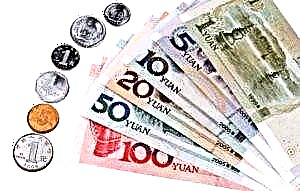 Russians planning to go shopping in China can count on partial compensation for their money spent. You can return from the purchase price from 7 to 17%. This is done using the Tax Free system. It operates in China on the following conditions:
Russians planning to go shopping in China can count on partial compensation for their money spent. You can return from the purchase price from 7 to 17%. This is done using the Tax Free system. It operates in China on the following conditions:
- the purchase amount in one trade enterprise exceeds 500 yuan ($ 74.4);
- the duration of a tourist's stay in the People's Republic of China is not more than 183 days;
- from the moment of purchases, the documentation must be completed within 90 days.
Refunds are issued when leaving the country. To do this, at border land checkpoints, sea and airports in the so-called Refund Point, the traveler shows a Tax Free form with pinned purchase receipts and presents an identity card. The due amount is paid in cash or transferred to a plastic card.
All Chinese stores operating under this scheme usually post advertisements written in Chinese and English. The tax refund is provided for the purchase of medical instruments, furniture, stationery and sporting goods, electronics, jewelry, watches, cosmetics, shoes and clothing.
Customs regulations
A tourist who does not import a large amount of precious metals, tobacco, alcohol, cultural relics and rare animals into the territory of the PRC should follow the rules:
- foreign currency is subject to declaration, the amount of which in equivalent exceeds $ 5,000;
- you cannot import / export without the permission of the Central Bank of China or other competent authorities in an amount exceeding the equivalent of 20,000 yuan. The yuan is calculated separately from the monetary units of other states;
- just like cash, laptops, computers, camcorders, cameras and other similar equipment, the cost of one copy of which is more than 5,000 yuan, must be declared.
In addition, tourists who leave China for 15 days for the second time are allowed to export no more than $ 1,000. When a foreigner leaves the country for the second time a day, the conditions are stricter: the limit on the export of currency is $ 500.
FAQ
Russians planning to visit China need to be well prepared for the trip. It will be useful to familiarize yourself with the recommendations of travelers with rich experience. On the Internet forums on this topic, there are a variety of questions. Let's consider the most important ones.
What currency to go to China with
 The answer to which currency to take to China depends on which region of the country you are going to travel to. On the territories bordering the Russian Federation - near the Amur Region, Khabarovsk Territory or Primorye - you can easily pay in domestic currency. And in the Suifenhe region, the Russian ruble has approximately the same status as the national currency of China. Here it is actively used to pay for goods and services. Moreover, when conducting banking operations, it acts as a freely convertible currency.
The answer to which currency to take to China depends on which region of the country you are going to travel to. On the territories bordering the Russian Federation - near the Amur Region, Khabarovsk Territory or Primorye - you can easily pay in domestic currency. And in the Suifenhe region, the Russian ruble has approximately the same status as the national currency of China. Here it is actively used to pay for goods and services. Moreover, when conducting banking operations, it acts as a freely convertible currency.
In other regions of the People's Republic of China, they traditionally take US dollars or euros with them. There will be no problems with their exchange anywhere. Including in the special administrative units of Macau and Hong Kong.
How much money to take to China
Let's briefly consider the main items of tourist expenses:
- Nutrition. To save money, you need to visit small cafes. The cost of one dish in establishments of this category ranges from 10-20 yuan ($ 1.5-3). A modest lunch or dinner for 2 people in Beijing or Shanghai usually costs 100-150 yuan ($ 15-22). In provincial cities, these prices will be one and a half to two times lower.
- Entrance fees to local attractions A walk around the Wangfujing market or along the Bund will cost tourists free of charge. But to walk along the Great Wall of China, you will need to pay 45 yuan. The entrance fee to the Forbidden City Palace complex located in Beijing is 40 yuan.
- Hotels. An overnight stay in a 3 * hotel room will cost $ 30-50. It is possible to stay in the city center in an excellent 4 * hotel for $ 100. An overnight stay in a hotel in a village located far from the capital can cost as little as $ 20.
- Transport. It will cost 25 yuan to get to the city from Beijing airport by train. The same trip to Shanghai will cost RMB 50. The price of a ticket in the Beijing subway is 2 yuan, and in the Shanghai subway it is 3 yuan. The cost of 1 km by taxi is 1.5 yuan.
After analyzing your plans and route, you can decide on the amount you need to take on a trip to China.
Conclusion
The monetary unit of China is the yuan. It has been produced in the country since 1889.
The Latin name for Chinese money is Renminbi (people's money).
In the special administrative regions of the country - Macau and Hong Kong - additional currencies circulate: Pataca and Hong Kong dollar. For the purpose of an experiment in the city of Suifenhe, bordering the Russian Federation, the Russian ruble has recently been used for settlements. If positive results are demonstrated, the geography of regions of China with free circulation of the Russian currency may be expanded.



